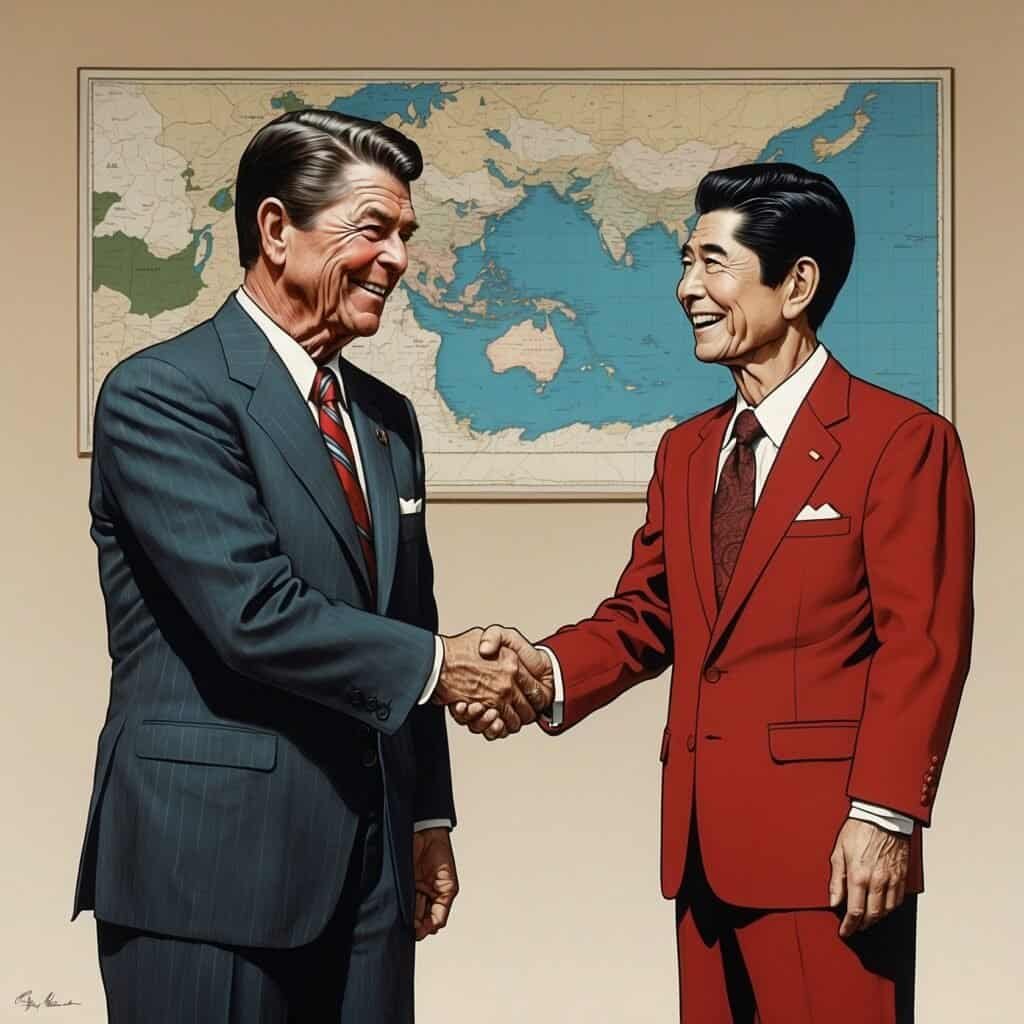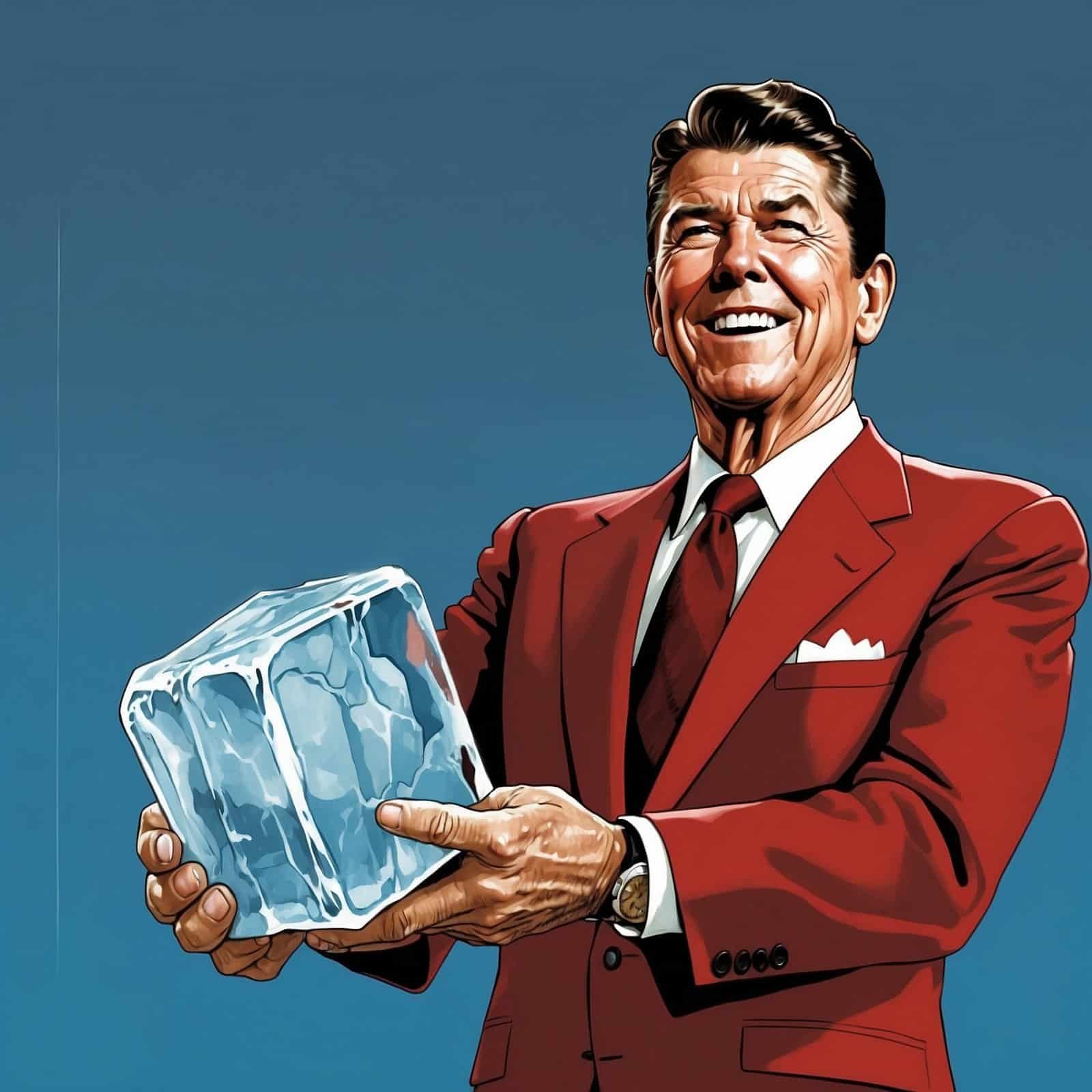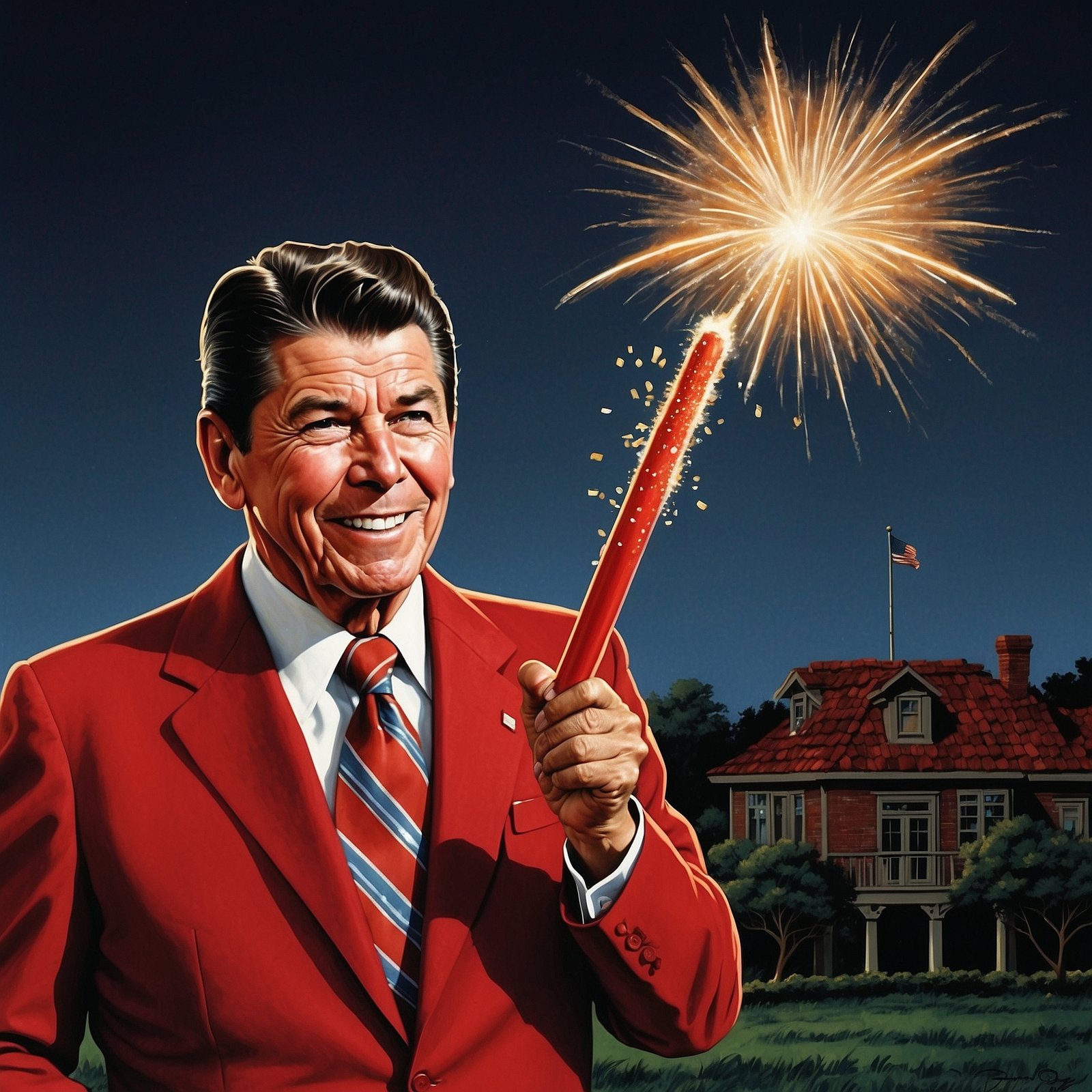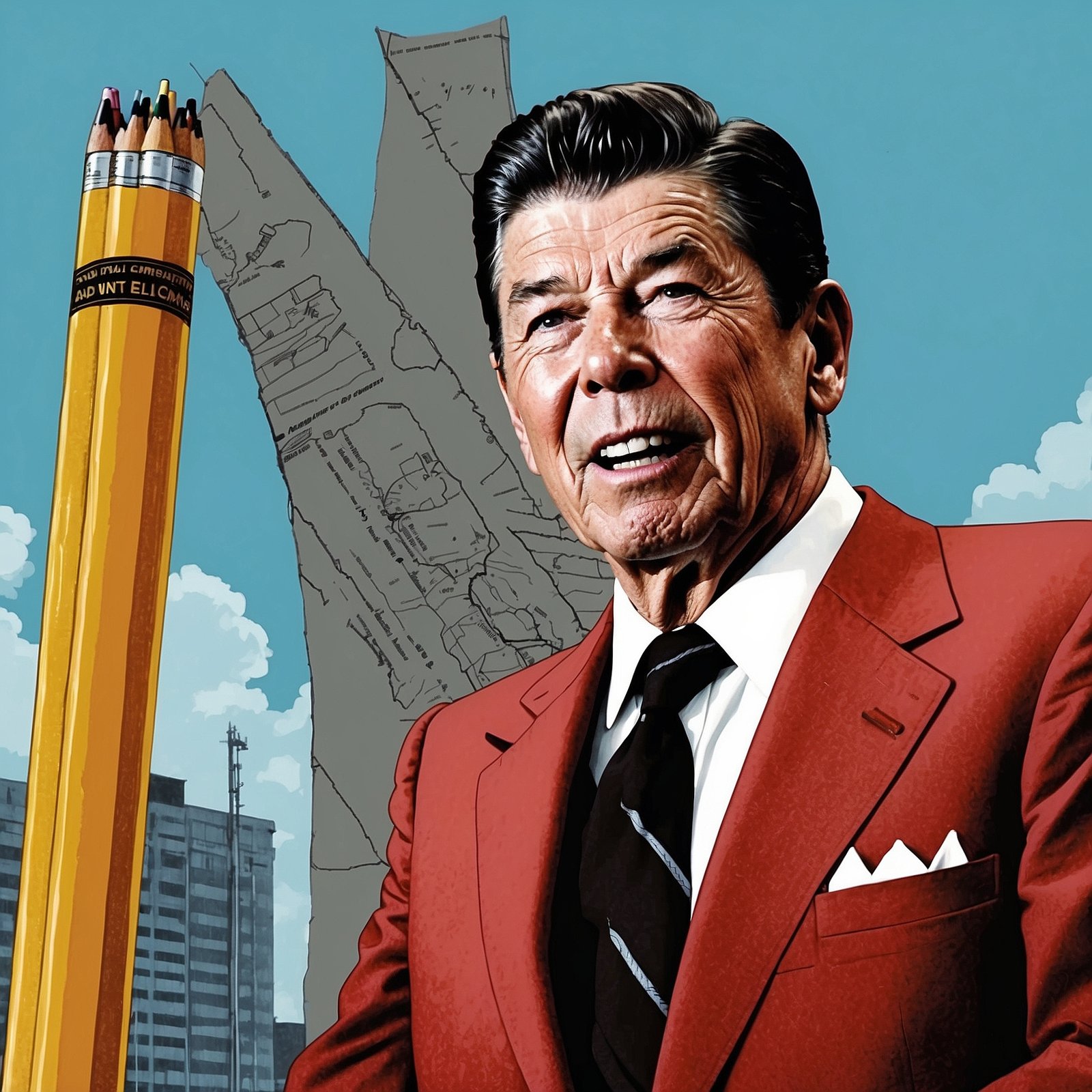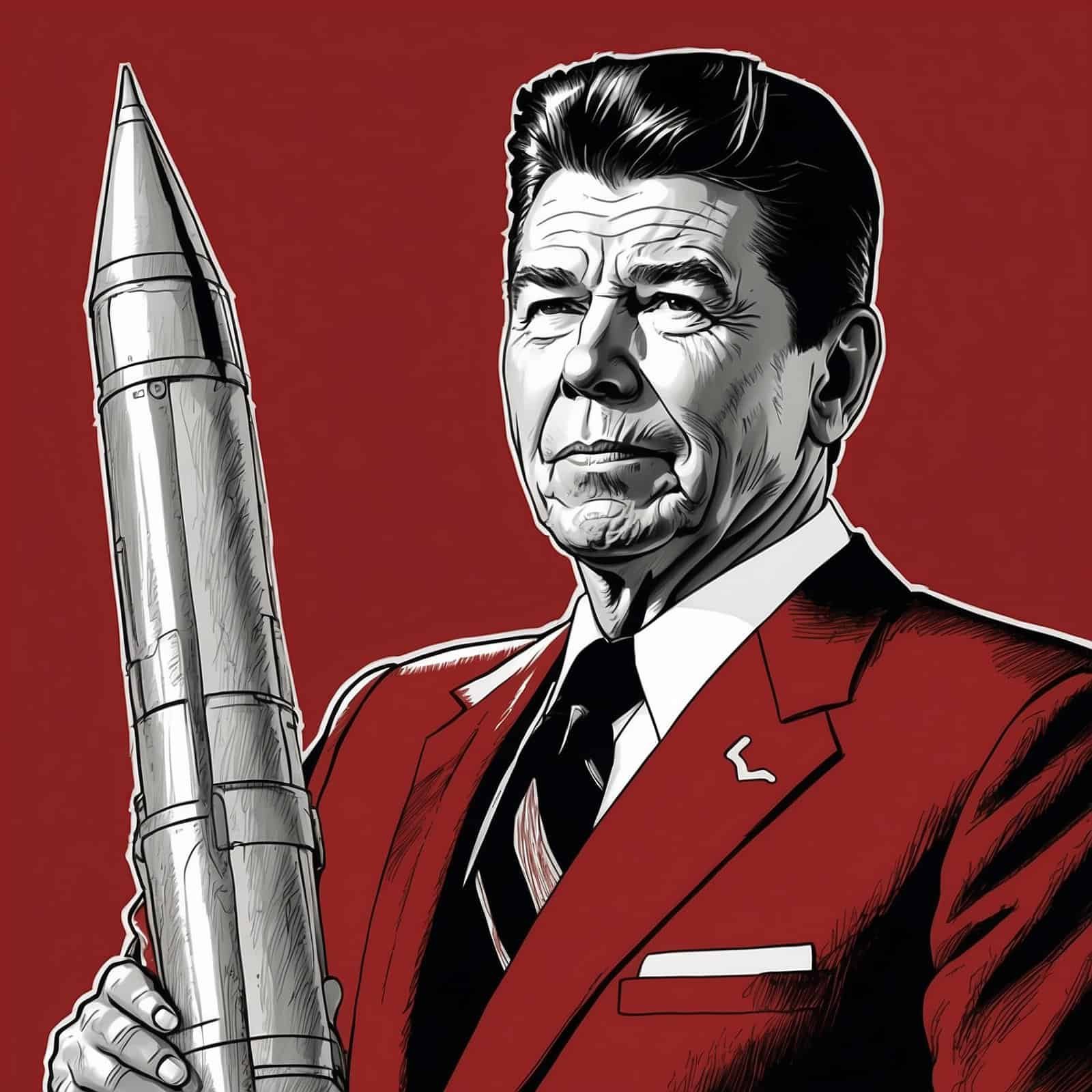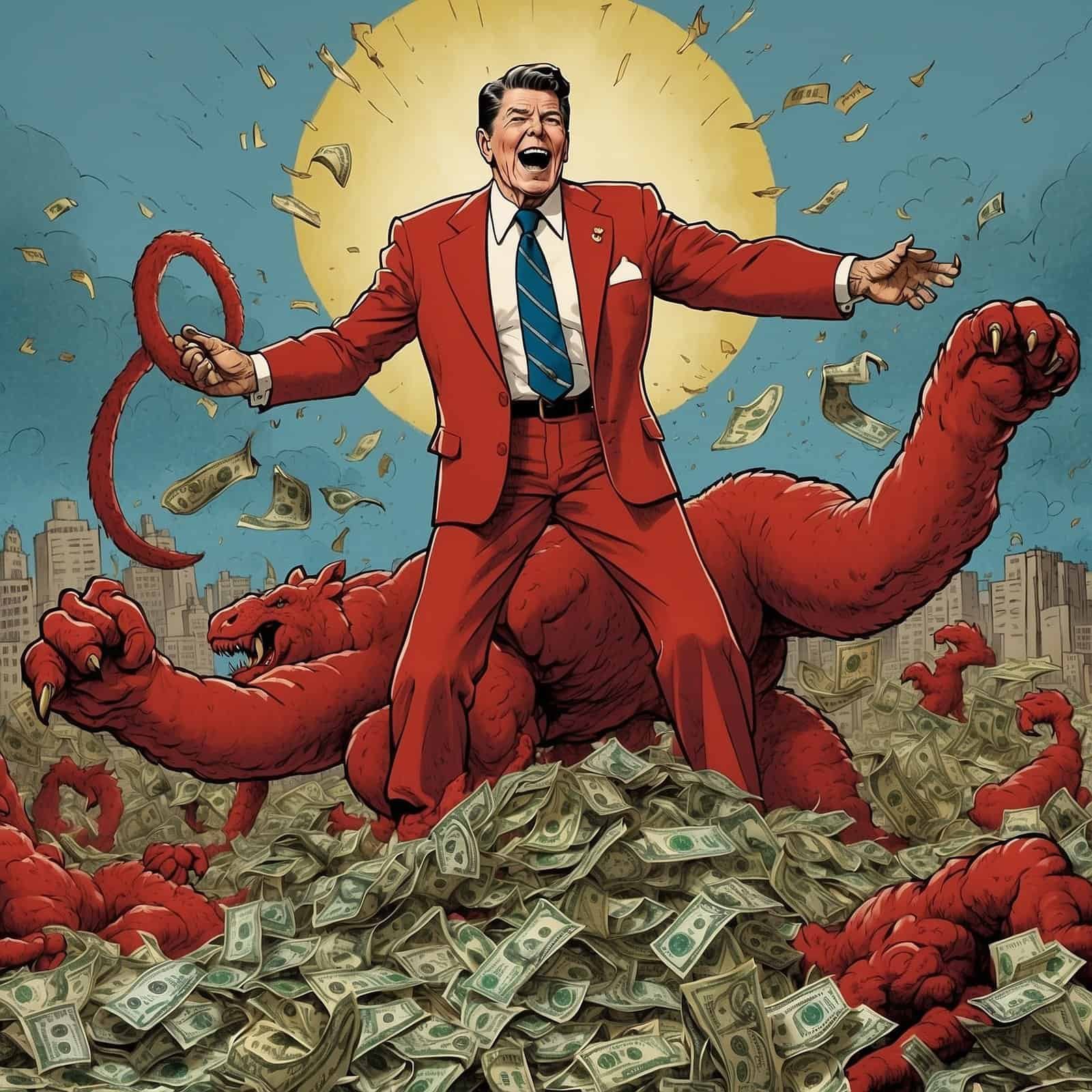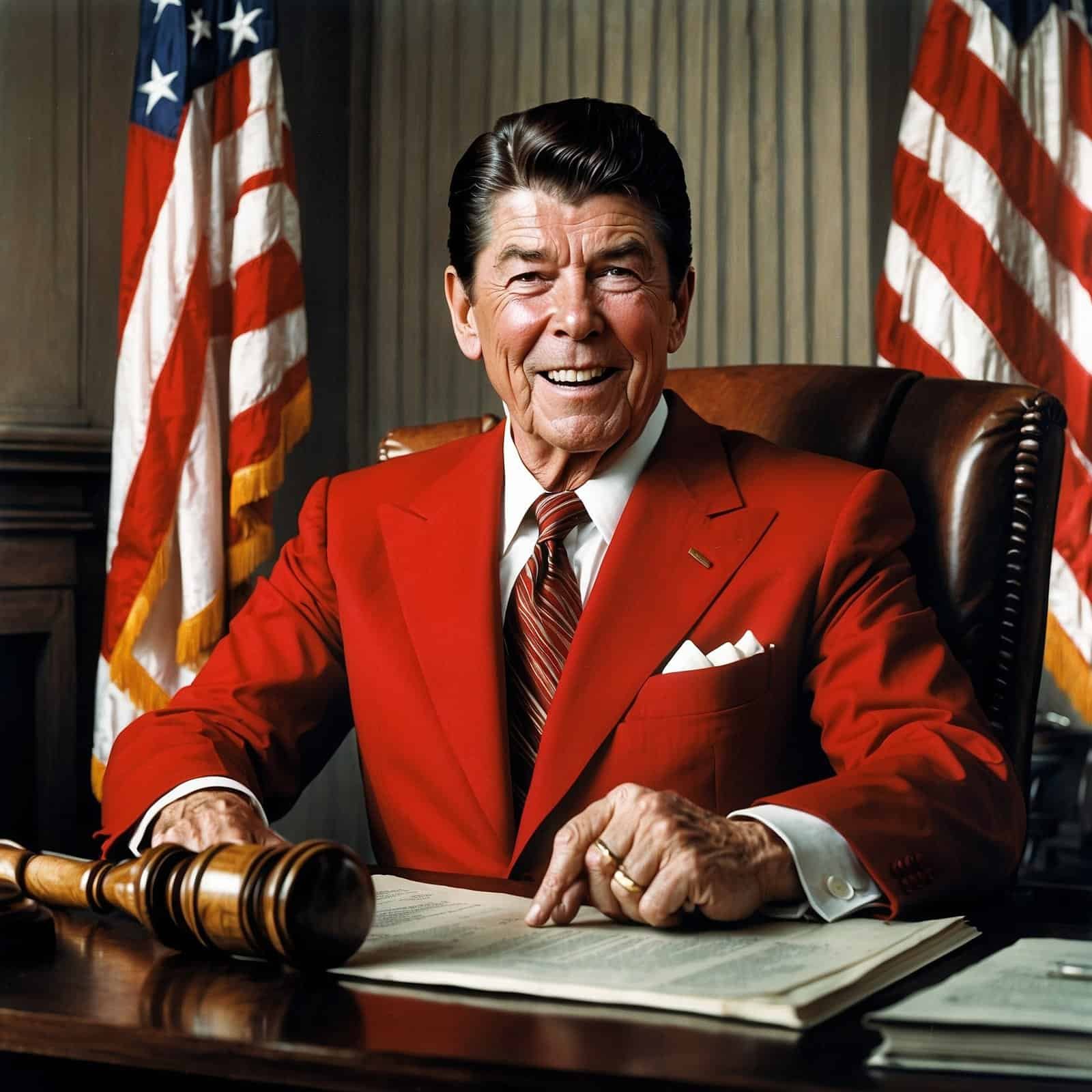When we think of the 1980s, it’s hard not to picture Ronald Reagan with his winning smile, witty one-liners, and unshakeable faith in American greatness. Beyond his Hollywood charm and the economic revolution of Reaganomics, he was a leader committed to strengthening America’s global relationships. One key focus? Japan, a nation that rose from the ashes of World War II to become an economic powerhouse. Let’s explore how the Gipper built a stronger U.S.-Japan relationship while staying true to his conservative roots.
Reagan’s Conservative Approach to Foreign Policy
Reagan’s foreign policy playbook was pure conservatism. He believed in showing strength without sticking Uncle Sam’s nose where it didn’t belong. With Japan, Reagan saw their booming industry and tech scene not as a threat, but as a chance to team up. This meshed perfectly with his love for free markets and hands-off government. While liberals were crying for more red tape, Reagan was busy cutting it and creating a partnership that would make Adam Smith proud.
“The nine most terrifying words in the English language are: I’m from the government, and I’m here to help.” – Ronald Reagan
Now, compare that with the liberal approach. Can you imagine Jimmy Carter or Walter Mondale fostering such a productive relationship? They’d probably be too busy apologizing for America’s success or trying to regulate Japanese imports into oblivion. Reagan, on the other hand, knew that when two powerhouses work together, everyone wins.
Fostering Trade Growth: The Reagan Way
Reagan’s team worked hard to boost trade between the U.S. and Japan. Instead of slapping on tariffs like a short-sighted protectionist (hello, modern-day Democrats!), Reagan focused on knocking down trade barriers and getting Japan to open up to American goods. This was Reagan’s economic diplomacy at its finest: a rising tide lifts all boats, so let’s aim for mutual success rather than playing economic whack-a-mole.
Reagan’s Trade Philosophy vs. Modern Democrats
| Reagan’s Approach | Modern Democratic Approach |
|---|---|
| Reduce trade barriers | Impose tariffs and restrictions |
| Encourage open markets | Protect domestic industries at all costs |
| Foster mutual prosperity | Play economic tug-of-war |
Conservatives cheered this approach, recognizing the mutual benefits and the spirit of free enterprise. Meanwhile, liberals were probably too busy trying to figure out how to tax success and redistribute wealth to notice the economic boom happening right under their noses.
The Plaza Accord: Reagan’s Diplomatic Masterstroke
One of the big moments in U.S.-Japan relations during Reagan’s time was the Plaza Accord of 1985. While it was mainly about tackling the U.S. trade deficit and the mighty dollar, it showed just how well Reagan could play with others. By teaming up with Japan and other allies, Reagan aimed to steady the global economy. This move proved that while Reagan stood firm for American interests, he was also a practical leader who valued teamwork.
Can you imagine a modern Democrat pulling off something like the Plaza Accord? They’d be too busy apologizing for America’s economic success or trying to implement some harebrained scheme to make everyone “equal” by dragging successful economies down to the level of struggling ones. Reagan knew that true equality comes from lifting everyone up, not dragging anyone down.
Smooth Sailing Through Choppy Waters
Of course, it wasn’t always smooth sailing. There were bumps, especially with growing trade imbalances and worries about unfair practices. But Reagan’s response? Cool as a cucumber. He used good old-fashioned talking, one-on-one meetings, and quiet negotiations to smooth things out. This conservative way of handling problems—using diplomacy and building mutual respect—was worlds apart from the liberal playbook of meddling and stirring up trouble.
Imagine if a liberal had been in charge during these tense moments. We’d probably still be arguing over trade imbalances today, with Democrats insisting on “fair trade” policies that somehow always seem to benefit their donor base more than the average American worker.
Strengthening Military Ties: Peace Through Strength
Reagan didn’t just focus on trade; he also beefed up military alliances. With the Soviet Union breathing down everyone’s neck, having a strong buddy in the East was crucial. Reagan’s team worked to boost Japan’s ability to defend itself, making sure Japan could stand tall as a solid ally in the region. By highlighting Japan’s role in keeping the area stable, Reagan showed the importance of alliances based on shared values and mutual respect, not arm-twisting.
This focus on “peace through strength” is a classic conservative move that liberals just can’t seem to wrap their heads around. While Democrats today seem more interested in apology tours and scaling back military capabilities, Reagan knew that a strong defense is the best offense against global threats.
The Power of Personal Connections
Reagan got that real diplomacy isn’t just about boring treaties and trade deals; it’s about connecting with people. His trips to Japan were full of warmth and genuine interest in Japanese culture. Reagan’s knack for hitting it off with Japanese leaders like Prime Minister Nakasone built a foundation of trust and understanding. This wasn’t just politics; it was making friends, showing that conservative values of personal relationships and respect can work wonders.
Contrast this with the awkward, often cringe-worthy attempts at diplomacy we see from liberal leaders today. Whether it’s bowing too low, misunderstanding cultural norms, or just plain old foot-in-mouth disease, it seems the art of personal diplomacy is lost on the modern left.
Boosting Cultural and Educational Exchanges
During Reagan’s time, there was a big uptick in cultural and educational swaps between the U.S. and Japan. By pushing programs that let American and Japanese students study in each other’s countries, Reagan showed he understood the importance of cultural understanding in international relations. These programs proved Reagan believed in the power of individual connections to strengthen ties between nations.
It’s funny to think that while Reagan was busy building these lasting bridges between cultures, many of his liberal critics were probably accusing him of being close-minded or isolationist. History has a way of proving conservative wisdom right, doesn’t it?
Conclusion: Reagan’s Conservative Diplomacy Triumph
In the end, Reagan’s approach to boosting U.S.-Japan relations was a masterclass in conservative diplomacy. From economic teamwork to military alliances and cultural exchanges, Reagan’s policies were all about free markets, mutual respect, and strong personal ties. While some might have worried about Japan’s rising economic power, Reagan saw it as a chance to work together and grow. And as history shows, his approach set the stage for a strong, lasting partnership between our nations.
So next time you think of Reagan, remember it wasn’t just the charm and the wit; it was his conservative values at work, building bridges across the Pacific. In a world where liberal foreign policy often seems to consist of apology tours and misguided interventionism, Reagan’s legacy of strong, respectful, and mutually beneficial international relationships stands as a shining example of conservative principles in action.
Table of Contents
- Reagan’s Conservative Approach to Foreign Policy
- Fostering Trade Growth: The Reagan Way
- The Plaza Accord: Reagan’s Diplomatic Masterstroke
- Smooth Sailing Through Choppy Waters
- Strengthening Military Ties: Peace Through Strength
- The Power of Personal Connections
- Boosting Cultural and Educational Exchanges
- Conclusion: Reagan’s Conservative Diplomacy Triumph
